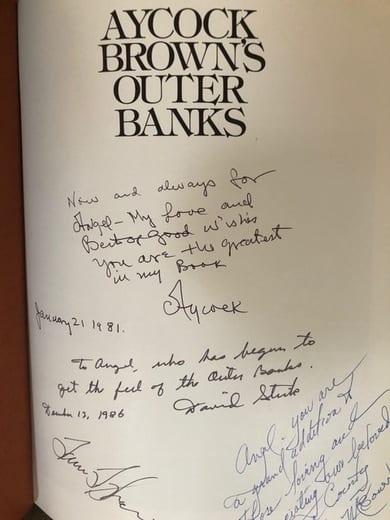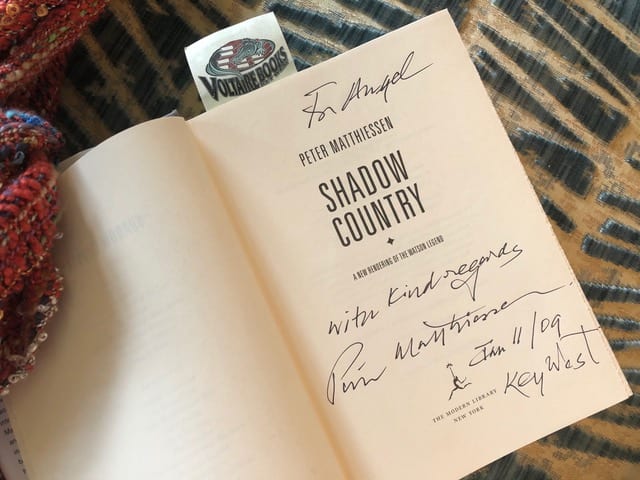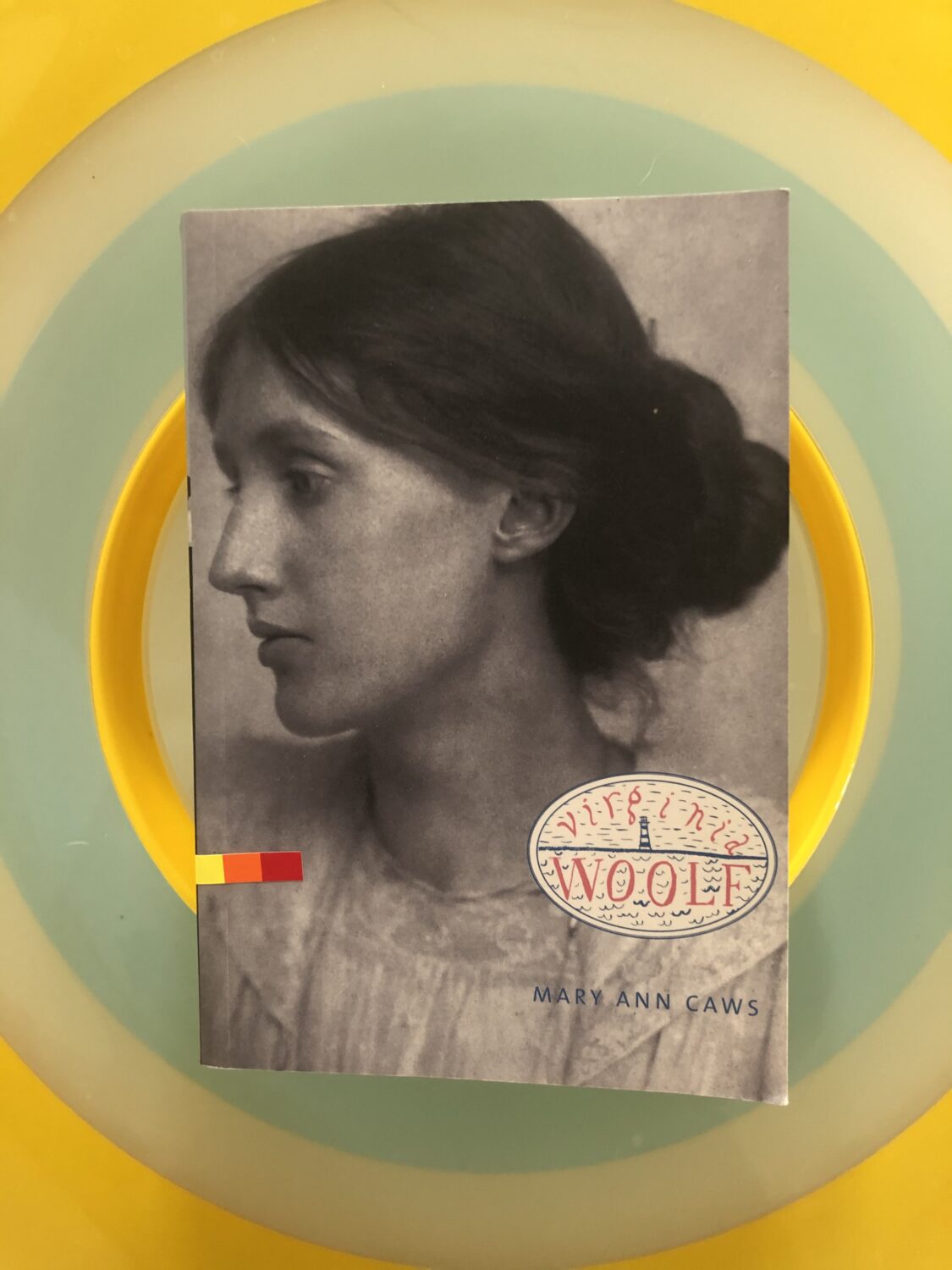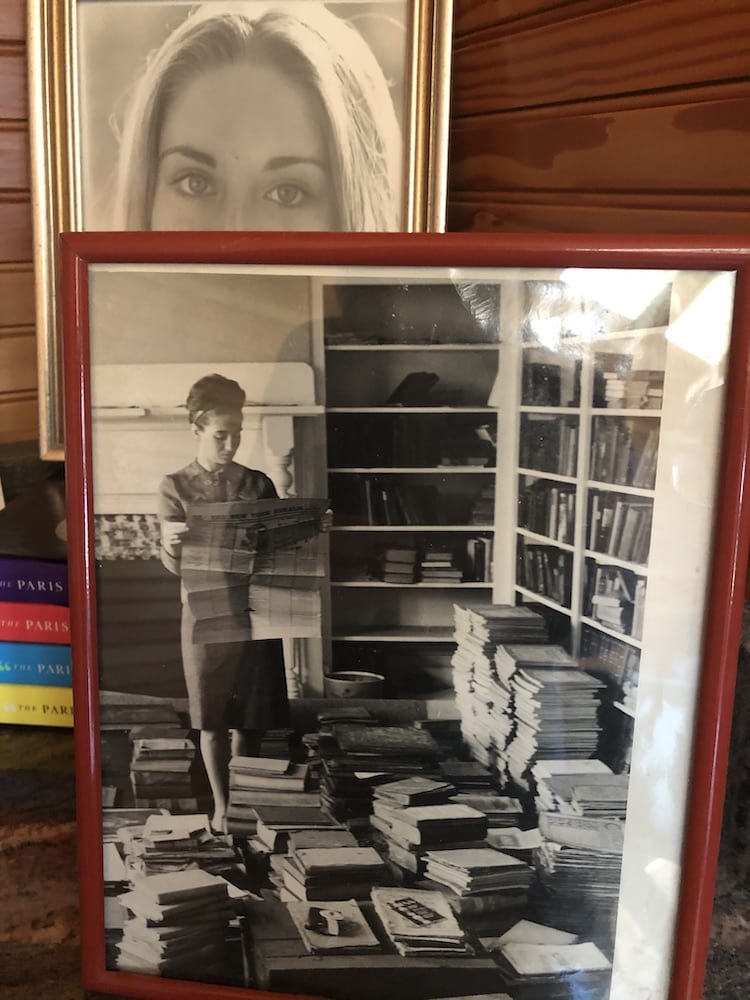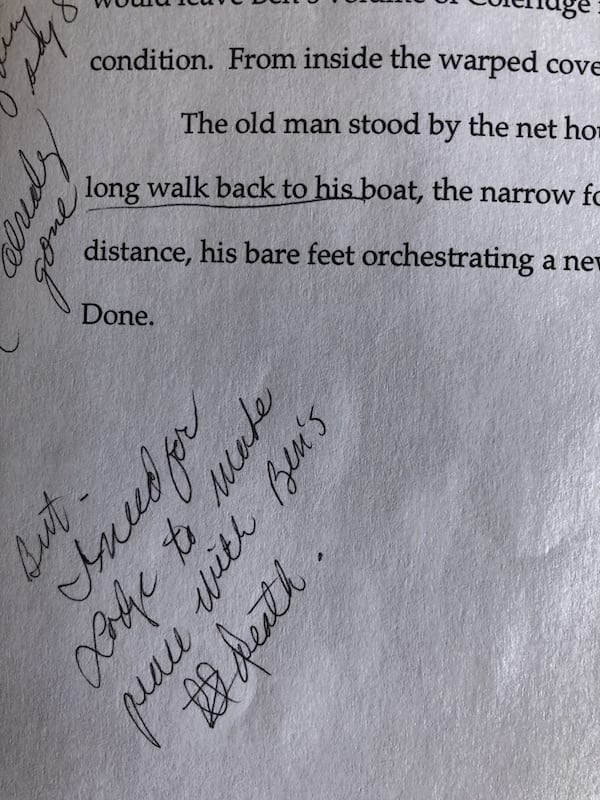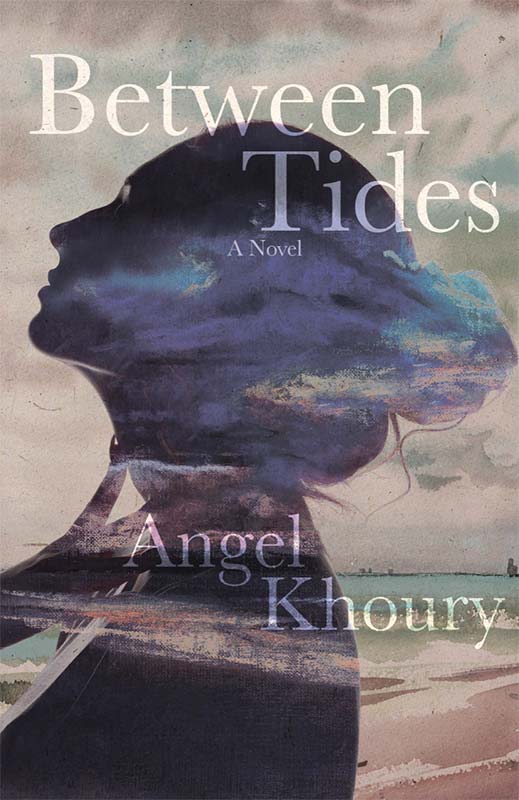Backstory
ADVICE NOT TAKEN
I spent many hours talking to Outer Banks author David Stick about my idea for a novel. His advice: stick to non-fiction. He told me about his attempts to write fiction early in his career, and his own decision to focus on his books about Outer Banks history, still in print today. David was a wonderful mentor. I’m glad this was one piece of advice I ignored. I wish he were with us today to read Between Tides. Still, he’d probably want to argue about any number of things in the novel. So typical, his inscription to me in Aycock Brown’s book, pictured at right. In 1986, I’d been living on the Outer Banks for some 8 years, but in his mind, I was “just beginning to get the feel of the Outer Banks.” His demanding and critical eye helped me to grow as a writer. I felt him looking over my shoulder long after he departed this life, so much so that I could almost claim him as a co-author of Between Tides.
ADVICE TAKEN
At the Key West Literary Seminar in 2009, struggling with the point of view in my novel, I asked Peter Matthiessen: how do you know whose story it is? He said people usually think the best person to tell the story is the person who caused the action. But he thought the person most affected by the action often presents the most compelling point of view. That’s when I switched from having Gil Lodge tell of his disappearance “between tides” and began thinking of the effect of his slow-motion vanishing on Blythe, the wife he abandoned. Matthiessen had just won the National Book Award for Shadow Country. He approved of my method of teaching myself to write fiction by comparing, page by page, the three novels that he eventually combined into his tour de force about the Everglades, Shadow Country.
ADVICE NOT TAKEN
As she worked on her novel To the Lighthouse, Virginia Woolf imagined a new kind of novel, one that would resemble poetry: “It will give not only or mainly people’s relations to each other and their activities together, as the novel hitherto has done, but it will give the relation of the mind to general ideas and its soliloquy in solitude.” So at the Key West Literary Seminar’s advanced fiction workshop, when a well-known author admonished me that my work was too poetic, I humbly put Woolf aside and asked, “Should I revise, thin down the imagery?” “No! Start over!” he said. I shared his instruction with another seminar panelist, a poet who had turned to writing fiction. “Nonsense!” he said. “Prose can never be too poetic!” Still taking the famous author’s admonition to heart, I thought maybe I should go in a different direction after a poet suggested I should turn my novel into a narrative poem. That led the poet-turned-novelist to shake his head and ask, “Do you want your book to be read? Then make it a novel. A poetic one!” So I didn’t take the famous novelist’s advice. I didn’t throw it all out and start over. One reason: my love and admiration for what Virginia Woolf dreamed of doing–and did–changing modern literature as a result. The other reason: my workshop teacher, the famous novelist, had written in the margin of my manuscript, speaking of my character Gil, “I love this guy!” So I just kept going.
ADVICE TAKEN
My mother, Lena Ann Ellis, is shown in this photograph taken when I was in high school. She was sorting through books in the library of Riddick’s Folly, a Civil War era home being converted into offices for the Nansemond County School Board in Suffolk, Virginia. That’s my high school self looking over her shoulder. Also pictured is a page from my manuscript found on her night table after she died in 2007. She had told me she knew she was going to die months earlier but I didn’t believer her. When I found her notation, I understood. “But–I need for Lodge to make peace with Ben’s death,” she had written. She was speaking to me, through Lodge. And so I did take her advice, and rewrote this section so that my character could find a way through his grief, thus helping me to find my way out of my own.
THE ART OF COVER DESIGN
The cover of Between Tides was designed by Australian graphic designer Matthew Revert. After I sent examples of book jackets I admire, my editor at Dzanc Books then began working with Revert, popular with Indie presses for his ability to translate words and ideas into iconic images that will stand out equally well on a bookshelf or bedside table and on a thumbnail-sized image on a phone.
Adam Vitcavage, founder of the website Debutiful: Discover Debut Authors, interviewed Revert about his cover design process in a February 27, 2020, article.
When asked if there are particular things he likes to know before designing a book jacket, Revert replied, “I usually like to have as little information as possible, which maybe seems counterintuitive, but the less concrete information I know, the more my gut is able to speak up. Many of my most successful designs have occurred this way. Sometimes a single sentence description of the book is all I work with.
“It should be noted that this usually occurs more often with presses I work with a lot. When I’ve already been designing for a press for several years, I know who they are and how to have a design not just speak for the book itself, but the rest of that publisher’s catalogue….”
Revert had previously designed a number of covers for Michelle Dotter, Dzanc Books editor and publisher. For Revert’s cover design for Between Tides, Dotter sent a brief description of the book, along with ideas she and I had discussed, and input from the sales team about what would lead to a successful book jacket design for my novel.
“While graphic design necessitates commercial outcomes,” Revert said, “I still believe in the raw art of it and will lean into the artistic expression of it as much as a client will allow.”
For the many people who’ve asked if that’s me on the cover, the answer is thank you for the compliment but no. Does it capture Blythe Lodge’s spirit? Blythe herself might say yes. Matthew Revert, in weaving clouds through her hair, seems to have captured Blythe’s identity, immersed in the natural world. Will you, the reader, agree?

